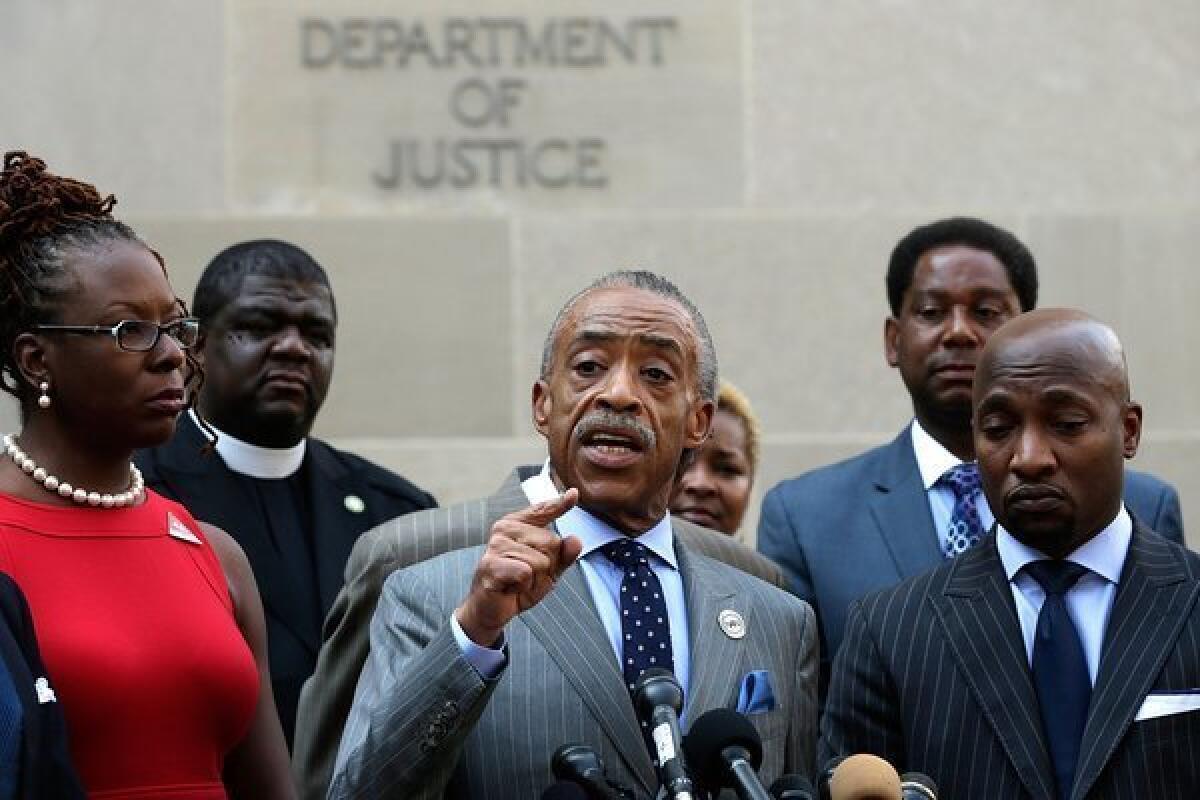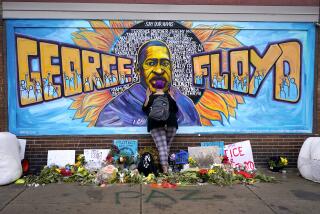Rhetoric, race and reality in America

During the week since the acquittal of George Zimmerman in the death of Trayvon Martin, the responses to the tragic event, the trial and the verdict have been predictable.
That an unarmed youth lost his life and the perpetrator of the act walked free catalyzed angry and sometimes violent street protests. However unfortunate, that is hardly surprising. The legal nuances of second-degree murder, manslaughter, evidentiary rules and jurors’ decisions don’t often penetrate through the fog of the 24/7 news cycle. Many people inevitably respond to headlines and passion. There also have been some reasonable discussions of the propriety and impact of “stand your ground” laws and whether Florida’s played a role in the verdict.
What isn’t reasonable or appropriate is the hysterical response of some civil rights leaders and advocates who have peddled a dishonest and hyperbolic analysis of the tragedy. Unfortunately, their message has been repeated ad nauseam and has become the settled wisdom for some: Young black males are at physical risk in this country, and it is the bigotry of whites that has put a target on their backs.
Jesse Jackson said last year that blacks were “under attack.… Targeting, arresting, convicting blacks and ultimately killing us is big business.” Last week he said, “A wave of nameless fear is gripping our country.” The musings of Martin Luther King III and the Rev. Al Sharpton echoing the same theme — America is a dangerous place for young black males — have been widely reported. Benjamin Jealous of the NAACP warned that black youth be advised on how to dress and talk, and talked of how hard it is to tell them to be “timid about asserting” their freedom. Tavis Smiley opined that the verdict was “just another piece of evidence of the incontrovertible contempt that this nation often shows and displays for black men.”
We received a newsletter from an African American civil rights lawyer who wrote about walking into a convenience store last Saturday night: “Wow. All these people have heard the verdict. Do they now think that I am fair game? Will someone hurt me now that they know that Zimmerman walked?”
What is so insidious about this message of victimhood and division is its dishonesty. Despite the tragic death of Martin under circumstances that no one will ever know the true nature of, there is no “big business” of killing blacks in America. There is no wave of bigotry directed at blacks. All this talk is demagogic posturing, and it’s dangerous. Young people will absorb this message and view the “other” with suspicion and fear.
These leaders know, even if many of their adherents might not, that the biggest threat to the lives of young blacks is other young blacks, not white bigots. Between 2000 and 2010, 4,607 black murder victims 17 or younger were killed by other blacks (4,441 of the killers were 17 or younger), according to the Wall Street Journal. There were 340 black victims 17 or younger killed by (non-Latino) whites. That means black youths were 13 times more likely to be killed by a black person than by a white one.
The more recent data haven’t changed much. In 2011, according to the FBI, 2,695 blacks (of all ages) were killed, and the killers were nearly 13 times more likely to be black as white (2,447 to 193).
These data are no revelation (they have been constant for more than a decade), yet “leaders” and the far-too-complicit media purvey a notion that inter-group relations have plummeted and it’s open season on blacks and other minorities.
What is the reality? In January, Pew Research released a poll on group conflicts. It found that 58% of respondents see more disputes between rich and poor, and 55% see more between immigrants and native-born than see disputes between blacks and whites (39%). And in 2008, a Pew poll concluded that “whites, blacks and Hispanics all have generally favorable opinions of one another and all tend to see inter-group relations in a more positive than negative light…. The overall portrait of race relations is one of moderation, stability and modest progress.” That says nothing about the 95 million millennials whose attitudes are far more tolerant than their elders on a whole range of issues relating to race.
It is clear that the Sharptons and Jacksons have a vested interest in keeping tension alive. Their relevance, audiences and fundraising are contingent on there being a perception that racial barriers remain, that fears persist and that their role as firemen is needed. The biggest threats to their continued viability is tolerance and an acknowledgment that inter-group relations are improving, that there is no war on black youth and that the country that elected Barack Obama to the presidency twice isn’t demonizing kids who look like the first family.
We would all do well to spend our energies on issues that are real and the implications of the tragic Trayvon Martin death that make sense.
David A. Lehrer and Joe R. Hicks are president and vice president, respectively, of Community Advocates Inc., (www.cai-la.org), a human relations organization.
More to Read
A cure for the common opinion
Get thought-provoking perspectives with our weekly newsletter.
You may occasionally receive promotional content from the Los Angeles Times.










